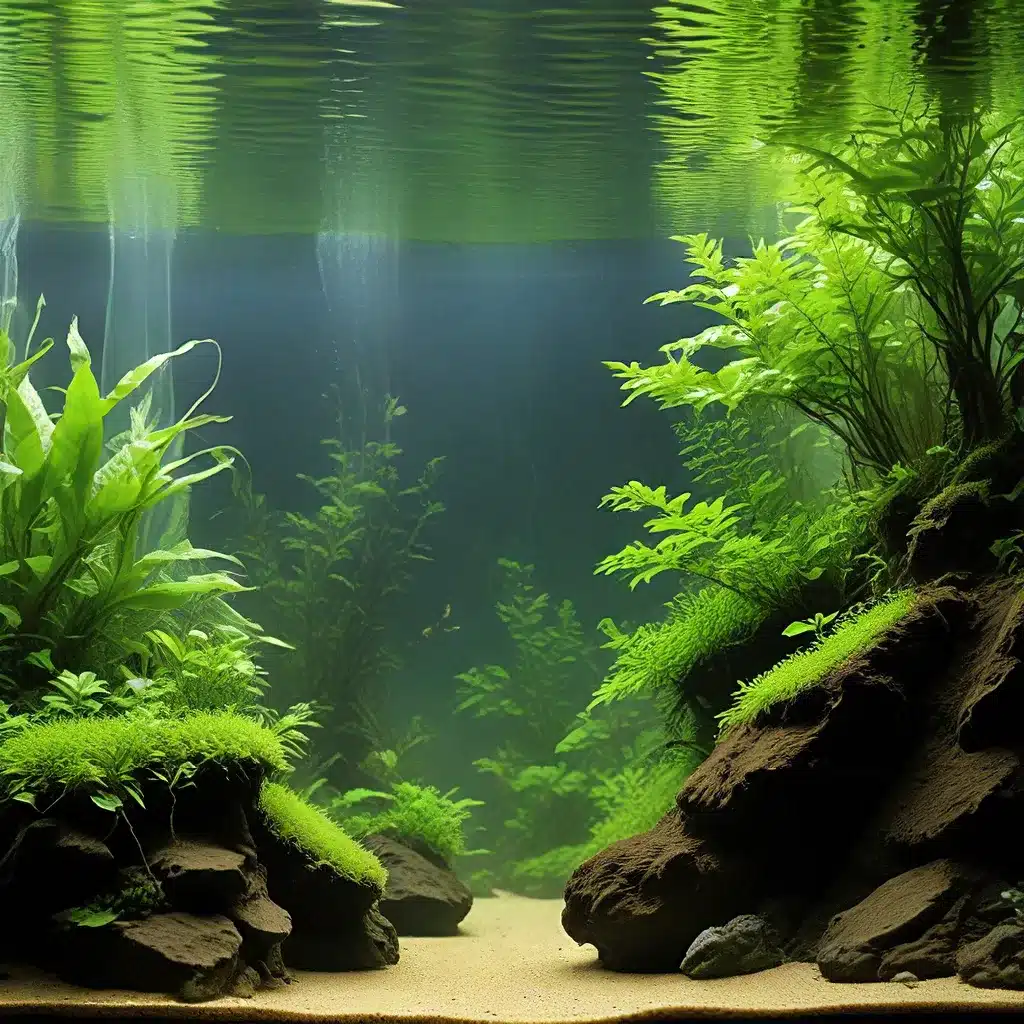
Establishing the Ideal CO2 Levels for Your Aquarium
Maintaining the right balance of carbon dioxide (CO2) in your aquarium is crucial for the health and flourishing of your aquatic plants. Much like humans, plants require CO2 for their photosynthesis process, which in turn produces the oxygen that fish and other aquarium inhabitants need to thrive. By understanding the relationship between CO2, pH, and water parameters, you can create an optimal environment for your underwater garden to reach its full potential.
Aquarium experts at FishGeeks emphasize that the pH of the aquarium plays a crucial role in plant health and growth. Maintaining a slightly acidic pH around 6.0-6.5 is desirable, as it allows plants to access essential nutrients efficiently, leading to robust growth and vibrant colors. Achieving this optimal pH range requires regular monitoring of alkalinity or carbonate hardness (KH), as it acts as a buffer to stabilize pH and prevent rapid fluctuations.
Striking the right balance with CO2 injection is essential, as excess CO2 can stress fish and cause pH fluctuations, while insufficient CO2 can lead to stunted plant growth and increased algae problems. The key is to monitor your aquarium’s current CO2 levels and adjust accordingly to ensure an environment that meets the specific needs of your aquatic plants.
Calculating and Maintaining Optimal CO2 Levels
One of the most reliable ways to determine your aquarium’s current CO2 concentration is by using the relationship between pH and KH. This method, known as the pH-KH relationship, allows you to estimate the CO2 concentration based on the following equation:
CO2 = 3 × 10^(6-pH) × KH
By inputting your aquarium’s pH and KH values into this formula, you can quickly determine the approximate CO2 concentration in your tank. This information is invaluable for making adjustments to your CO2 injection system to maintain the ideal range.
FishGeeks have provided a helpful table that outlines the recommended CO2 concentrations based on your aquarium’s pH and KH levels. As a general guideline, you’ll want to maintain CO2 levels between 15-30 parts per million (ppm) for optimal plant growth and fish health.
It’s important to note that the pH-KH relationship provides an approximation of your CO2 levels, as other factors such as organic acids and dissolved minerals can also influence the pH in your aquarium. Therefore, it’s essential to monitor your plants’ growth and overall tank conditions to fine-tune your CO2 injection accordingly.
Implementing a Reliable CO2 Injection System
To effectively maintain the desired CO2 levels in your aquarium, you’ll need to set up a reliable CO2 injection system. The most common and precise method is to use a pressurized CO2 system, which consists of a CO2 tank, regulator, and diffuser or reactor.
The CO2 tank, similar to a scuba tank, is filled with compressed carbon dioxide gas. The regulator is responsible for controlling the flow of CO2 from the tank into your aquarium, allowing you to fine-tune the injection rate. Many regulators also come equipped with a built-in bubble counter, which helps you quantify the amount of CO2 being introduced.
To effectively distribute the CO2 throughout your aquarium, you can use a diffuser or reactor. Diffusers are simple devices that break the CO2 gas into tiny bubbles, while reactors increase the contact time between the CO2 and the water, ensuring maximum absorption and distribution.
For larger aquarium systems, consider incorporating a venturi or in-line CO2 injection setup, where the CO2 is injected directly into the filtration system’s water flow. This approach helps to evenly distribute the CO2 throughout the tank, preventing localized pH fluctuations and promoting uniform plant growth.
Regardless of the specific CO2 injection method you choose, it’s crucial to monitor your system’s performance and make adjustments as needed. Regular maintenance, such as checking for leaks, cleaning diffusers, and replacing worn components, will help ensure the longevity and reliability of your CO2 system.
Synchronizing CO2 Injection with Your Aquarium’s Photoperiod
One of the key considerations when managing CO2 levels in your aquarium is the diurnal (day-night) cycle. During the day, aquatic plants undergo photosynthesis, which consumes CO2 and releases oxygen. At night, the process reverses, with plants respiring and producing CO2, while fish and other inhabitants consume oxygen.
To maintain a stable pH and prevent CO2 oversaturation, it’s recommended to synchronize your CO2 injection with your aquarium’s photoperiod. This can be accomplished by using a timer or pH controller to automatically turn off the CO2 injection during the night when plants are no longer photosynthesizing and CO2 levels are naturally higher.
By managing your CO2 levels in coordination with the aquarium’s light cycle, you can ensure a consistent and balanced environment for your aquatic plants and inhabitants. This approach helps to mitigate large pH fluctuations, which can be detrimental to the overall health of your aquarium ecosystem.
Achieving a Lush and Thriving Aquarium with Optimal CO2 Management
Mastering the art of CO2 management in your aquarium is a crucial step towards creating a vibrant and flourishing underwater garden. By understanding the relationship between CO2, pH, and water parameters, and implementing a reliable injection system, you can provide your aquatic plants with the essential nutrients they need to thrive.
Remember, the key to success lies in regular monitoring, precise adjustments, and a thorough understanding of your aquarium’s unique needs. By striking the right balance with CO2 levels, you’ll be rewarded with a lush and stunning aquascape that will be the envy of every fellow aquarist.
As you continue your journey in the realm of aquarium care, be sure to visit King Aquarium for a wealth of resources, expert advice, and high-quality aquarium products to help you achieve your dream underwater oasis.

